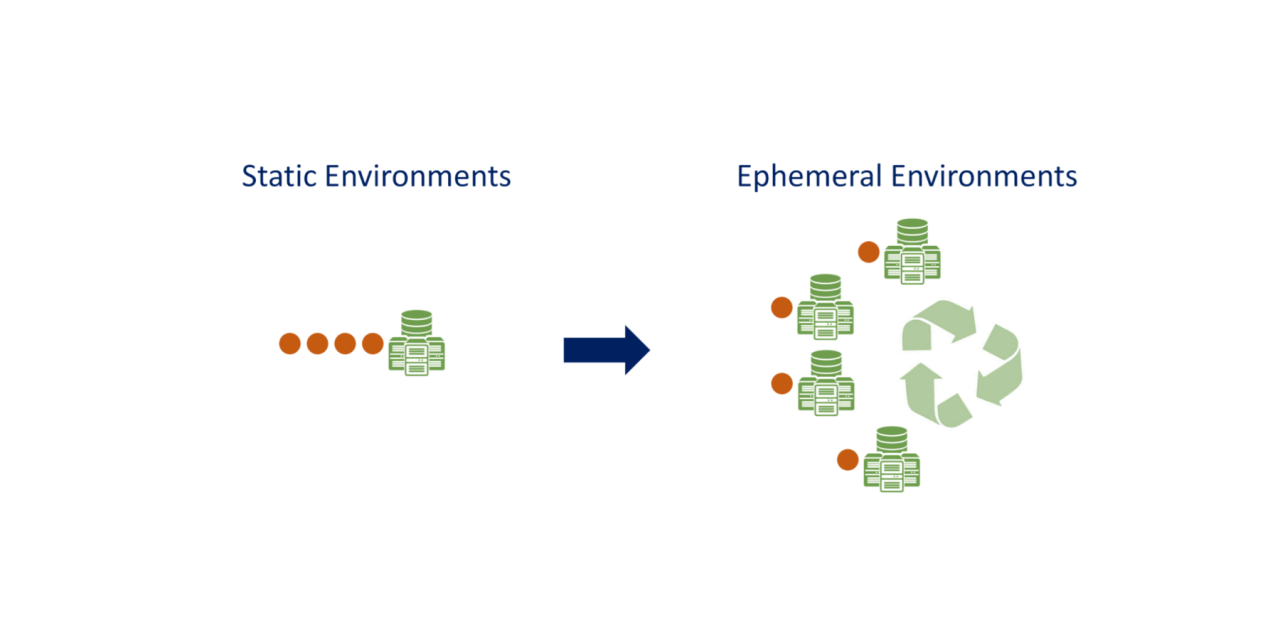By: Karen Spencer, Area Vice President, OrasiLabs Product Manager Bigger isn’t better when it comes to virtual training success Transitioning to the cloud can be complicated and adding virtual application training capabilities for a globally dispersed workforce can send any IT team into a tailspin. While it’s tempting to try and use an existing AWS, Azure or other cloud instance because they “should” have the reach to offer online training environments, “bigger” has proven it isn’t “better.” Most companies find that a purpose built, cloud native, hands-on virtual training solution yields greater returns at a lower cost, and offers a far better learning experience for instructors and students. However, many organizations realize that after investing a lot of time, resources and money into trying to “make it work” with a mammoth cloud provider. Key criticisms include:
- Cloud platforms are too general, difficult to navigate and lack the personal interactions necessary to make them effective – interfaces and capabilities weren’t developed with the virtual hands-on training needs of instructors and learners in mind.
- If a cloud option can even be configured to address application training, it typically requires technical resources to get it going and maintain it moving forward, which ends up wasting the precious time of many teams/departments.
- Runaway cloud provider charges unknowingly rack up given a lack of machine control, especially if functionality is not used regularly.
- Time savings for trainers and learners, as well as IT staff.
- Wider training impact without geographical limitations.
- High functionality, flexibility and scalability.
- Consistent, value-driven quick addition of skills leading to increased productivity.
- Maximum ROI for software budgets and IT projects.



